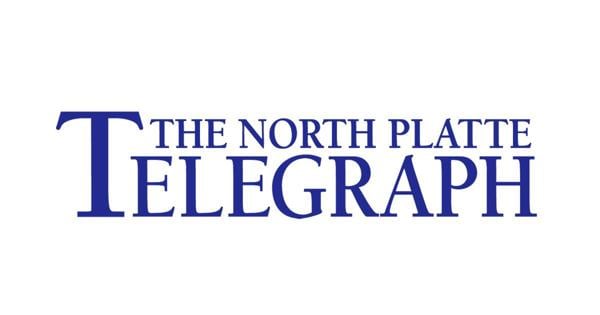The perennial shadow of a federal government shutdown is once again stretching across Washington D.C., an annual spectacle that has regrettably become a predictable fixture in the American political calendar. This year, however, the familiar finger-pointing and strategic maneuvering have commenced with an unusual urgency, signaling a potentially more contentious fiscal battle than recent memory.
Historically, the brinkmanship over the federal budget intensifies as the September 30th deadline, marking the end of the fiscal year, draws near. Yet, with more than two months still remaining until the funding expires, key congressional leaders are already publicly blaming each other, suggesting deeply entrenched divisions that could quickly escalate into a full-blown stalemate over appropriations.
Republicans, holding significant sway in Congress, appear determined to advance their core policy priorities, even if it means confronting strong opposition from the opposing party. Their narrative often frames Democrats as being eager for a shutdown, leveraging the threat of governmental stoppage as a bargaining chip in legislative negotiations concerning spending bills.
This political friction recently manifested in a sharp exchange involving Senate Majority Leader John Thune, who accused Senate Democratic leadership of implicitly threatening a shutdown. This accusation arose after Republicans pushed through legislation aimed at significantly reducing funds for public broadcasting and foreign aid, measures that Democrats vehemently opposed.
Senator Thune expressed considerable dismay in a “Dear Colleague” letter, stating, “It was disturbing to see the Democratic leader implicitly threatening to shut down the government.” He conveyed a hope that this hardline stance did not reflect the broader sentiment among Senate Democrats, underscoring the delicate nature of cross-party negotiations on critical funding matters.
The federal government is presently operating under a comprehensive full-year continuing resolution, a stopgap measure that allocated approximately $1.7 trillion for both defense and non-defense programs. This crucial funding mechanism is set to lapse on September 30th, necessitating a new agreement to avert a potential halt in non-essential government services.
A government shutdown carries profound implications, potentially disrupting a wide array of federal operations, from national parks and research programs to certain agency functions that rely on annual appropriations. Such an event can also ripple through the national economy, creating uncertainty and impacting public confidence in legislative stability.
As the debate intensifies, the nation watches closely to see if lawmakers can bridge their ideological divides and reach a consensus that safeguards the stability of the federal budget. The early onset of shutdown discussions highlights the deep partisan chasm and the high stakes involved in securing continued funding for the intricate machinery of the US government, making the upcoming months a critical period for Washington politics and fiscal policy.






Leave a Reply